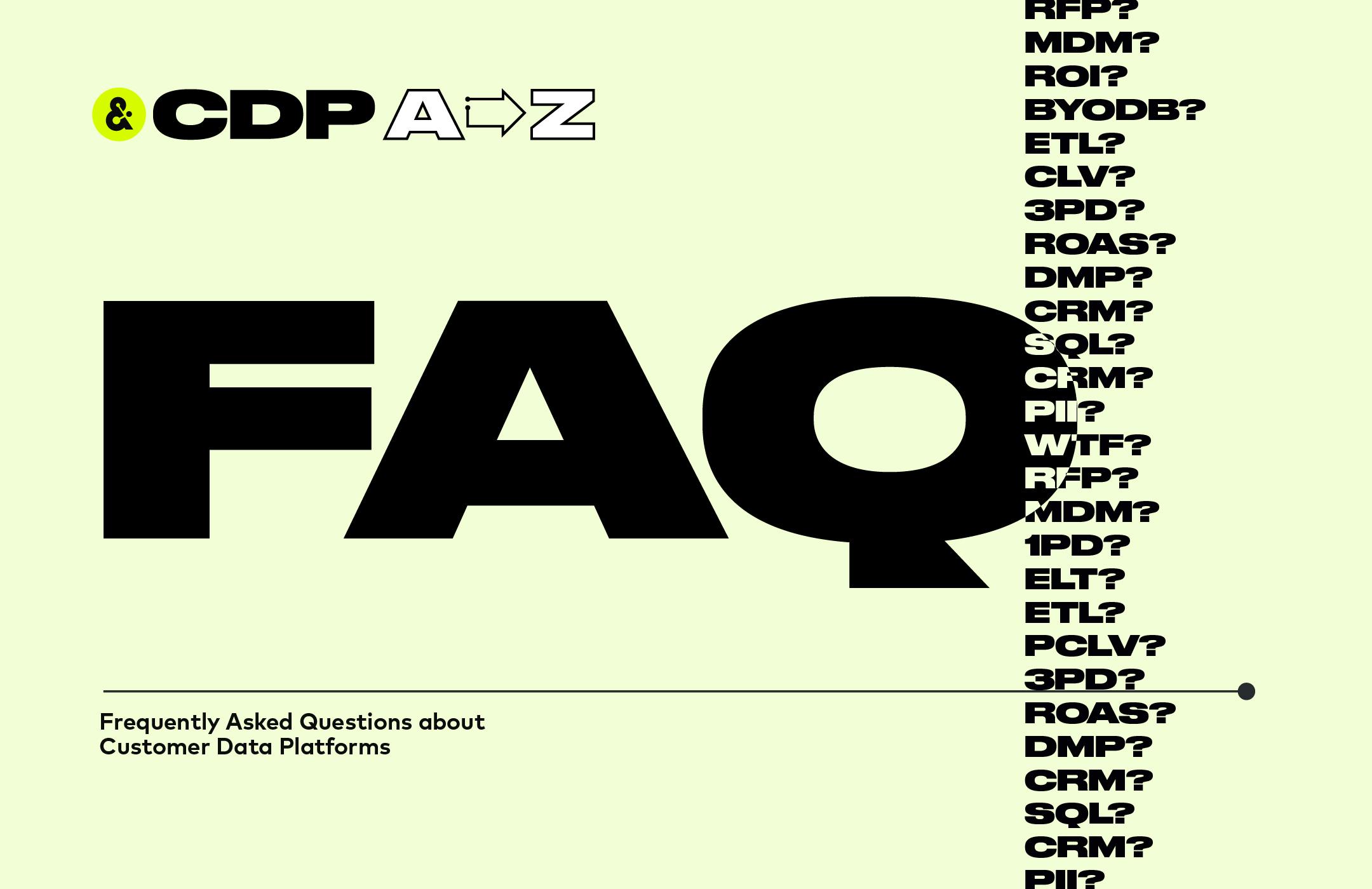Frequently Asked Questions About Customer Data Platforms

Customers give you lots of data every time they interact with your brand, but that data comes in different shapes and formats with no unifying key. To bring your messy data to life and pull valuable insights from it, you need a solution that can work with chaotic data and let you use it effectively, which means making sense of it, learning from it, and putting it into action.
We know the data management space is confusing — that’s why we’ve gathered a selection of the most helpful FAQs on customer data to help you with anything you need to know.
CDP basics & benefits
What should I look for in a CDP?
Common customer data challenges
Customer data is always messy — it’s not you.
“Amperity has given us the ability to turn disparate and sometimes disjointed customer data into a complete first-party data foundation. Amperity is enabling us to drive better business results and safely and securely transform our customer data into exceptional experiences.”
CDP Use Cases
How do teams across the organization use a CDP?
